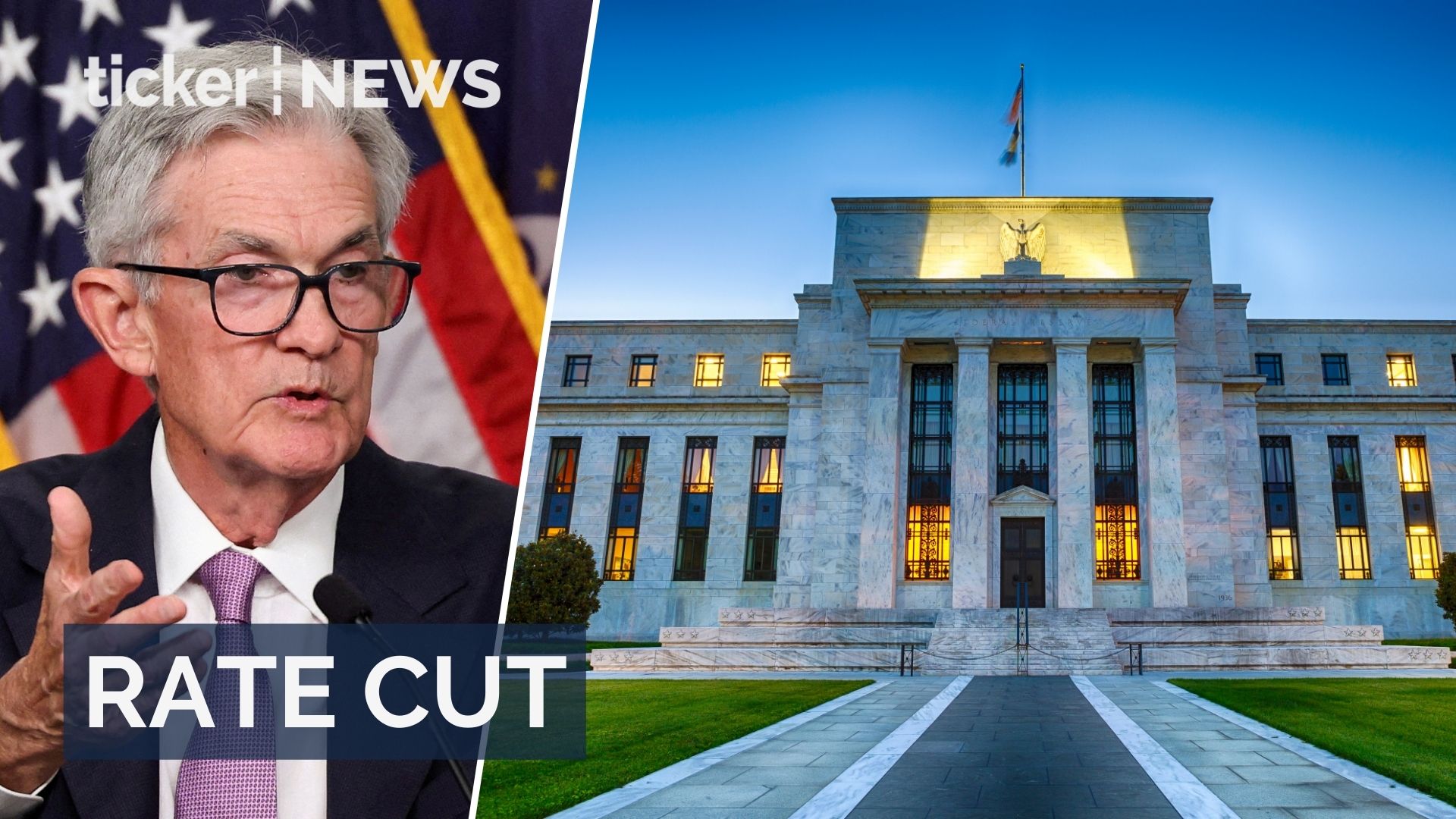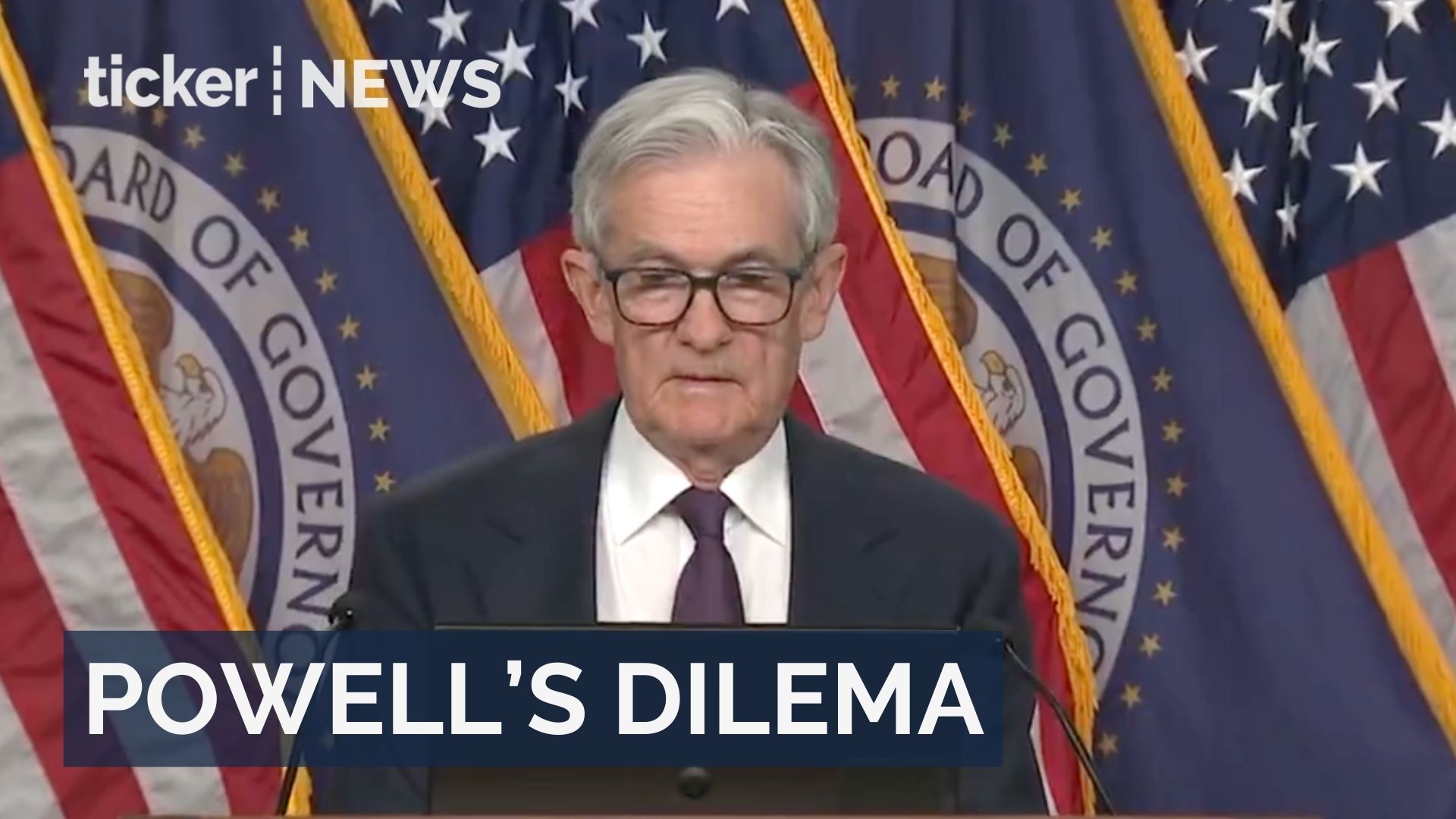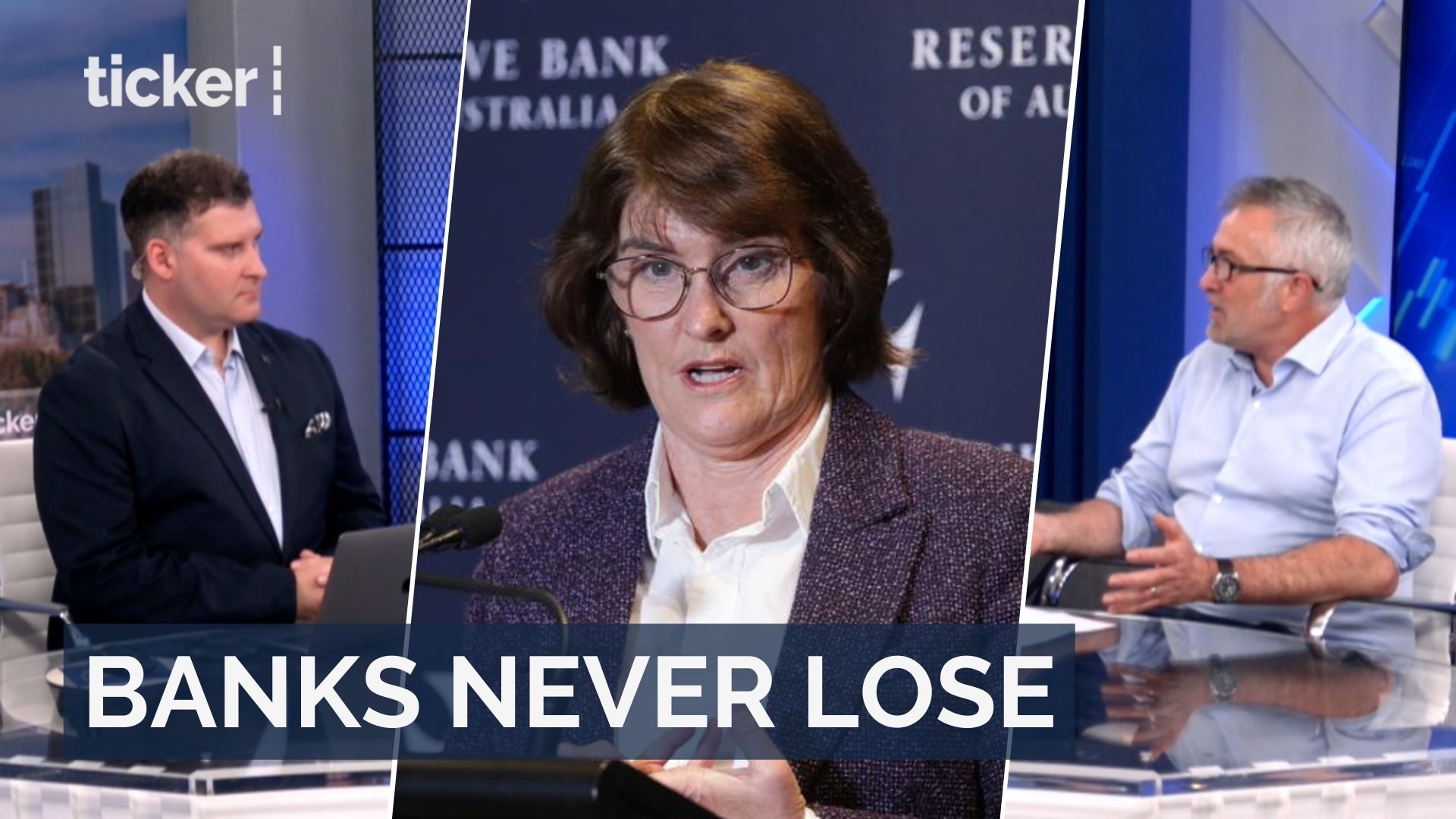Money
New research links slow wage growth to IR hurdles
Money
Fed cuts rates, signals more potentially ahead
Fed lowers rates amid job market concerns, signalling potential further cuts in upcoming meetings
Money
Fed faces unusual dissent amid leadership uncertainty
Fed’s Powell navigates contentious meeting amid Trump-appointed dissenters as rate cut looms and succession contest heats up
Money
RBA plans to ban credit card surcharges in Australia
Reserve Bank of Australia plans to ban credit card surcharges despite banks warning of potential higher fees and weaker rewards
-



 Shows4 days ago
Shows4 days agoInspiring transformation: from prison to boardroom success
-



 News4 days ago
News4 days agoDisney cancels Jimmy Kimmel’s show after controversy
-



 News4 days ago
News4 days agoMark Zuckerberg has unveiled Meta’s first so-called AI glasses
-



 Tech4 days ago
Tech4 days agoUS and UK finalise historic $340 billion tech deal
-



 Shows4 days ago
Shows4 days agoVictoria’s housing crisis demands urgent government reforms
-



 News23 hours ago
News23 hours agoUN struggles with Israel-Palestine conflict and climate action
-



 News2 days ago
News2 days agoFourth death confirmed due to Optus outage issues
-



 Tech2 days ago
Tech2 days agoHeathrow faces delays due to cyber attack disruption










